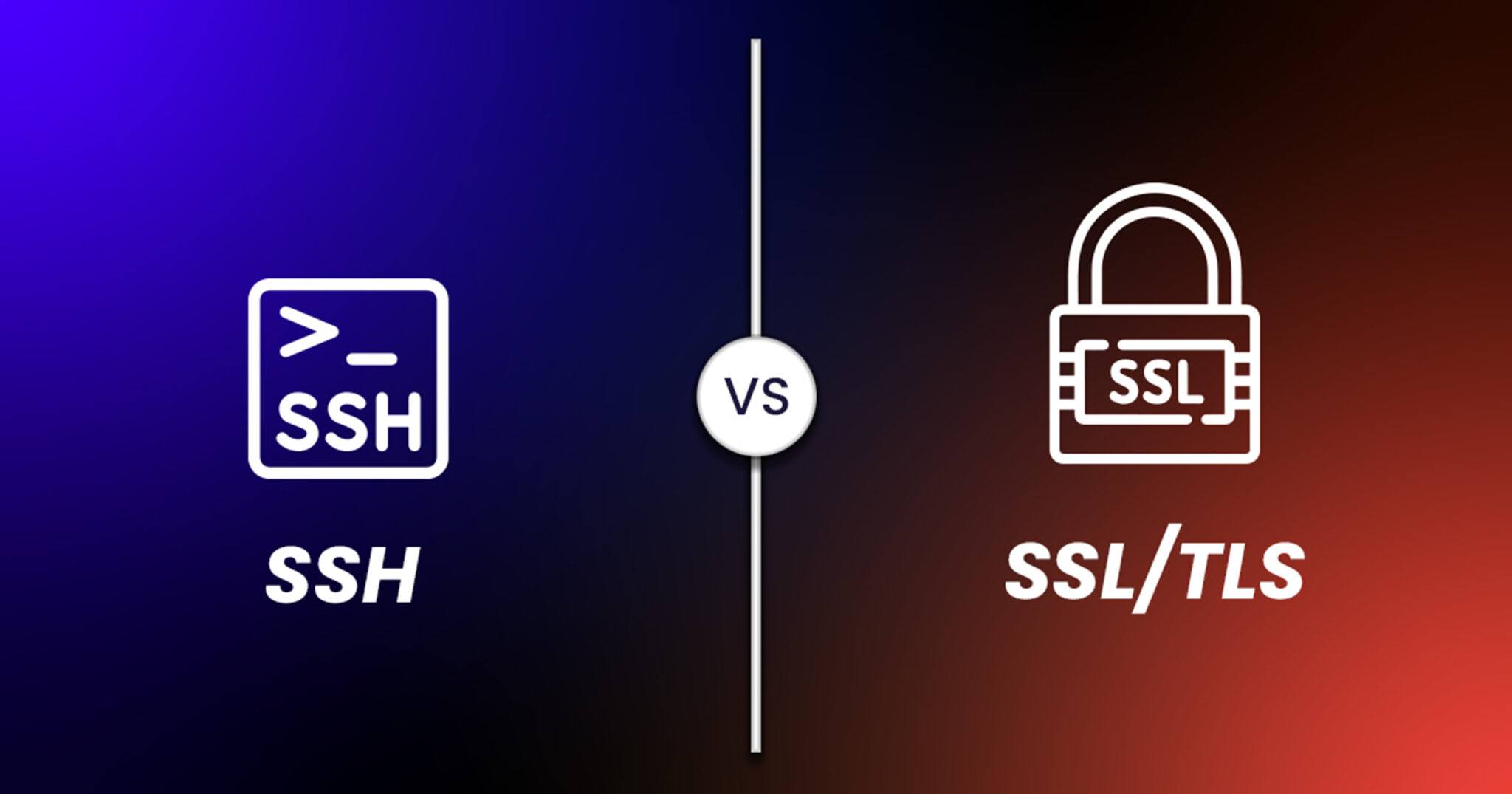In the vast expanse of the digital cosmos, where data travels at the speed of light, security remains a cornerstone of technological advancement. As we traverse this interconnected web, we encounter cryptographic protocols that safeguard our exchanges, two of which stand at the forefront—SSL and TLS. Though they often appear in tandem, they are distinct entities, each deserving of a thorough exploration.
Understanding SSL and TLS: Definitions and Origins
To delineate the difference, one must first appreciate what SSL and TLS actually represent. SSL, or Secure Sockets Layer, was conceived in the mid-1990s by Netscape to ensure secure communication over the Internet. Think of SSL as the ancient guardian of the internet, a noble knight donning armor to protect sacred transmissions from malicious forces.
However, as time marched on, vulnerabilities emerged, revealing cracks in this once-impenetrable suit of armor. The dawn of TLS—Transport Layer Security—came about in the mid-2000s, designed to address the inherent weaknesses of its predecessor. TLS, much like a seasoned warrior who has adapted and evolved through time, brought enhancements in security and efficiency.
It is essential to emphasize that TLS is not merely an iteration of SSL; rather, it is a complete reformation. TLS versions, such as TLS 1.0, 1.1, 1.2, and the latest, TLS 1.3, reflect our relentless pursuit of robust security against evolving cyber threats.
The Mechanisms: How They Work
At the heart of both SSL and TLS lies a sophisticated choreography of cryptographic techniques designed to provide confidentiality, integrity, and authenticity. Imagine these protocols as skilled dancers, performing a meticulous ballet where every move conveys a message of trust. Through asymmetric and symmetric encryption, they create an impenetrable shield around your data.
Asymmetric encryption—a partnership between a public and a private key—permits the secure exchange of session keys. The public key encrypts data, and only the corresponding private key can decrypt it. This initial handshake sets the stage for secure communication. Once the session key is established via this elegant dance, symmetric encryption takes over, a rapid-fire exchange that encrypts data with the session key for efficient transmission.
Notably, unlike SSL, the recent iterations of TLS also incorporate advanced cryptographic algorithms, which mitigate vulnerabilities exploited in previous versions, like the infamous POODLE and BEAST attacks. Thus, transitioning to TLS is akin to upgrading from a trusty but outdated lock to a state-of-the-art security system that offers unprecedented protection.
Why Security Matters: A Real-World Analogy
To elucidate the importance of SSL and TLS, envision a bustling marketplace. Vendors display their wares, eager to engage with customers. Yet, without security, unscrupulous characters could infiltrate this lively exchange, misrepresenting goods or stealing information. SSL and TLS serve as the guardians of this marketplace. They create an environment where commerce can thrive, unhindered by fear of fraud or deceit.
For businesses navigating the digital terrain, particularly those handling sensitive information, leveraging SSL and TLS is non-negotiable. From e-commerce platforms to banking websites, these protocols act as virtual vaults, ensuring that delicate data—credit card details, personal information, and transactions—remain concealed from prying eyes.
The Transition: From SSL to TLS
A critical juncture in the evolution of online security was the transition from SSL to TLS. This migration is not merely semantic; it necessitates diligent implementation by website owners and developers. Many entities still cling to SSL, despite its obsolescence, risking the integrity of their online presence.
Compliance with modern standards requires phased deprecation of SSL—the act of abandoning shadowy relics of the past to embrace the cutting-edge capabilities of TLS. This transition embodies the principle of progress, urging organizations to update their systems and ensure their practices align with contemporary security protocols.
The Future: Beyond TLS
As we cast our gaze towards the horizon, the evolution of security protocols is far from complete. Innovations such as quantum encryption loom on the edge of the digital landscape, posing both an opportunity and a challenge. Cryptographers are already beginning to explore the implications of quantum computing on current security measures. Nevertheless, currently, TLS remains the formidable soldier on the frontline of cybersecurity.
In conclusion, the intricate dance of SSL and TLS unfolds before us, reminding us that, while they may share a historical lineage, they possess unique attributes that are essential for today’s digital interactions. As our dependency on the Internet deepens, understanding these protocols becomes paramount. Security is not merely an accessory; it is the foundation upon which trust is built in the digital realm. Embracing TLS over SSL is akin to upgrading from a rickety old bridge to a solid modern infrastructure, assuring safe and reliable passage to the other side. In a world fraught with uncertainty, SSL and TLS emerge not just as technical solutions, but as beacons of trust and security.








Leave a Comment